Filter by

The saburo hasegawa reader
Published on the occasion of the 2019 exhibition “Changing and Unchanging Things: Noguchi and Hasegawa in Postwar Japan,” The Saburo Hasegawa Reader encompasses a selection of writings by the Japanese artist, theorist, essayist, teacher, and curator Saburo Hasegawa (1908–1957), translated into English for the first time. Credited with introducing abstract art to Japan in the 1930s, Hasega…
- Edition
- edision 12
- ISBN/ISSN
- 9780520970922
- Collation
- xxv. :ill. ;166 p.
- Series Title
- -
- Call Number
- 709.2. THE j
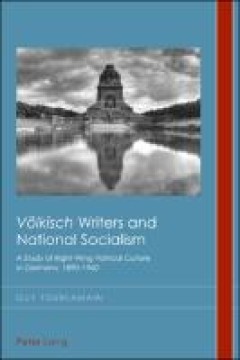
"Völkisch" Writers And National Socialism
This book provides a view of literary life under the Nazis, highlighting the ambiguities, rivalries and conflicts that determined the cultural climate of that period and beyond. Focusing on a group of writers – in particular, Hans Grimm, Erwin Guido Kolbenheyer, Wilhelm Schäfer, Emil Strauß, Börries Freiherr von Münchhausen and Rudolf Binding – it examines the continuities in völkisch-…
- Edition
- -
- ISBN/ISSN
- 9783039119585
- Collation
- Knowledge Unlatched (KU)
- Series Title
- -
- Call Number
- -
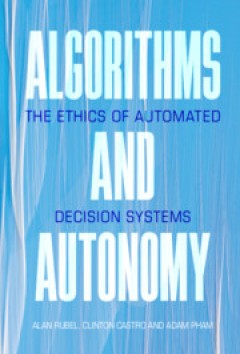
Algorithms and Autonomy : The Ethics of Automated Decision Systems
Algorithms influence every facet of modern life: criminal justice, education, housing, entertainment, elections, social media, news feeds, work… the list goes on. Delegating important decisions to machines, however, gives rise to deep moral concerns about responsibility, transparency, freedom, fairness, and democracy. Algorithms and Autonomy connects these concerns to the core human value of …
- Edition
- -
- ISBN/ISSN
- 9781108895057
- Collation
- viii, 218 p ; ill
- Series Title
- -
- Call Number
- 174.90063 ALG A
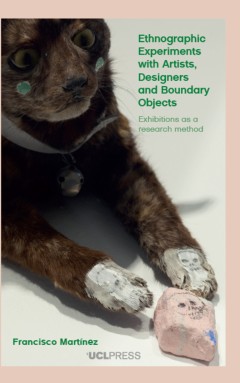
Ethnographic experiments with artists, designers and boundary objects : exhib…
Ethnographic Experiments with Artists, Designers and Boundary Objects is a lively investigation into anthropological practice. Richly illustrated, it invites the reader to reflect on the skills of collaboration and experimentation in fieldwork and in gallery curation, thereby expanding our modes of knowledge production. At the heart of this study are the possibilities for transdisciplinary coll…
- Edition
- -
- ISBN/ISSN
- 9781800081086
- Collation
- xiii, 201 p. ill;
- Series Title
- -
- Call Number
- 708 ETH F
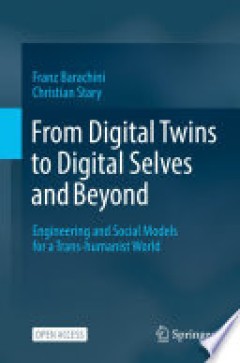
From Digital Twins to Digital Selves and Beyond Engineering and Social Model…
This open access book aims at deepening the understanding of the relation between cyber-physical systems (CPSs) as socio-technical systems and their digital representations with intertwined artificial intelligence (AI). The authors describe why it is crucial for digital selves to be able to develop emotional behavior and why a humanity-inspired AI is necessary so that humans and humanoids can c…
- Edition
- -
- ISBN/ISSN
- 9783030964122
- Collation
- XVIII, 127 p ; ill
- Series Title
- -
- Call Number
- 006.301 FRO F
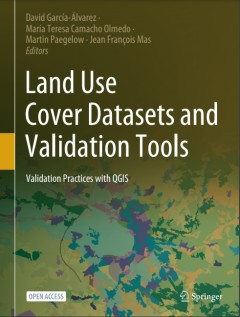
Land Use Cover Datasets and Validation Tools
This open access book represents a comprehensive review of available land-use cover data and techniques to validate and analyze this type of spatial information. The book provides the basic theory needed to understand the progress of LUCC mapping/modeling validation practice. It makes accessible to any interested user most of the research community's methods and techniques to validate LUC maps …
- Edition
- 1
- ISBN/ISSN
- 9783030909987
- Collation
- xiv; 462p; ill
- Series Title
- -
- Call Number
- 333.7313 LAN D
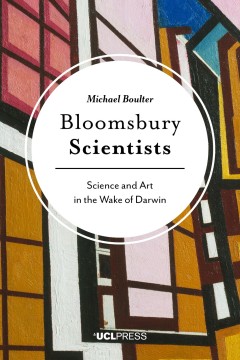
Bloomsbury scientists : science and art in the wake of Darwin
Bloomsbury Scientists is the story of the network of scientists and artists living in a square mile of London before and after the First World War. This inspired group of men and women viewed creativity and freedom as the driving force behind nature, and each strove to understand this in their own inventive way. Their collective energy changed the social mood of the era and brought a new synthe…
- Edition
- -
- ISBN/ISSN
- 9781787350045
- Collation
- xiv, 198 p. ill;
- Series Title
- -
- Call Number
- 509.420904 BLO M
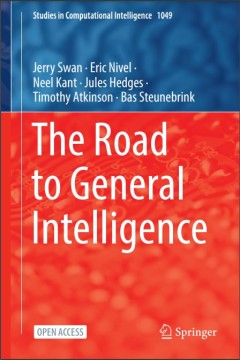
The road to general intelligence
Humans have always dreamed of automating laborious physical and intellectual tasks, but the latter has proved more elusive than naively suspected. Seven decades of systematic study of Artificial Intelligence have witnessed cycles of hubris and despair. The successful realization of General Intelligence (evidenced by the kind of cross-domain flexibility enjoyed by humans) will spawn an industry …
- Edition
- 1
- ISBN/ISSN
- 9783031080203
- Collation
- xiv; 136p;
- Series Title
- -
- Call Number
- 006.3 ROA J
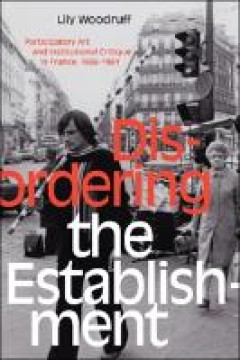
Disordering the establishment : participatory art and institutional critique …
In the decades following World War II, France experienced both a period of affluence and a wave of political, artistic, and philosophical discontent that culminated in the countrywide protests of 1968. In Disordering the Establishment Lily Woodruff examines the development of artistic strategies of political resistance in France in this era. Drawing on interviews with artists, curators, and cul…
- Edition
- -
- ISBN/ISSN
- 9781478012085
- Collation
- xi, 336p.; ill.
- Series Title
- -
- Call Number
- 709.05015 DIS w
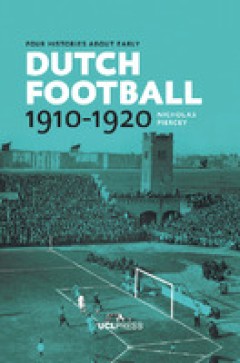
Four Histories About Early Dutch Football 1910-1920
What is the purpose of history today, and how can sporting research help us understand the world around us? In this stimulating book, Nicholas Piercey constructs four new histories of early Dutch football, exploring urban change, club members, the media, and the diaries of Cornelis Johannes Karel van Aalst, a stadium director, to propose practical examples of how history can become an important…
- Edition
- -
- ISBN/ISSN
- 9781910634790
- Collation
- -
- Series Title
- -
- Call Number
- -
 Computer Science, Information & General Works
Computer Science, Information & General Works  Philosophy & Psychology
Philosophy & Psychology  Religion
Religion  Social Sciences
Social Sciences  Language
Language  Pure Science
Pure Science  Applied Sciences
Applied Sciences  Art & Recreation
Art & Recreation  Literature
Literature  History & Geography
History & Geography